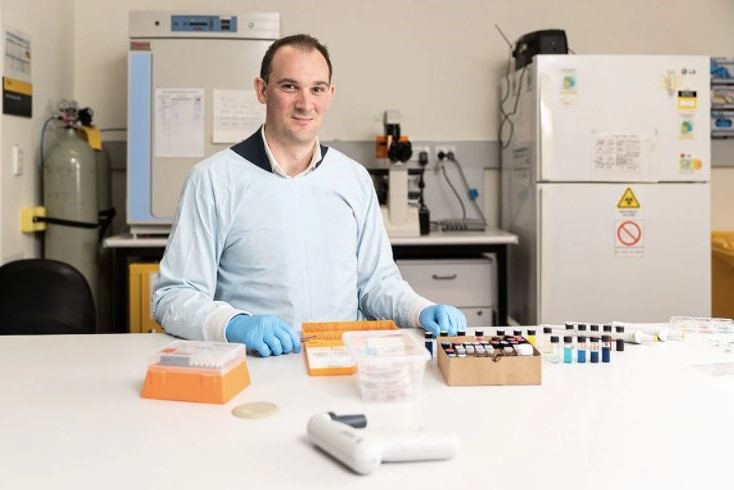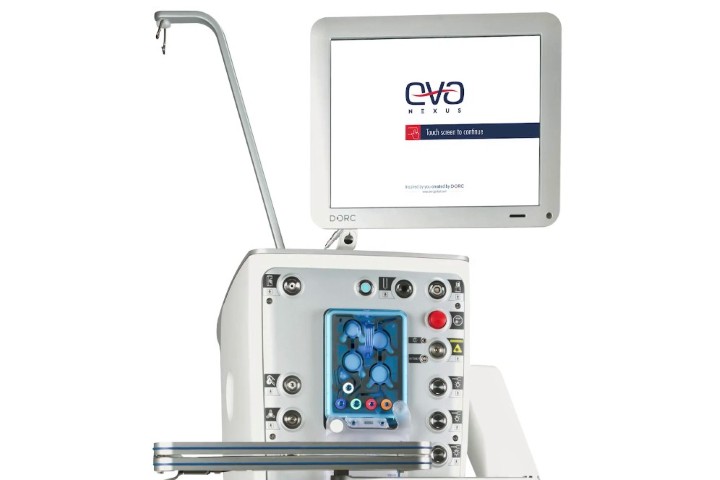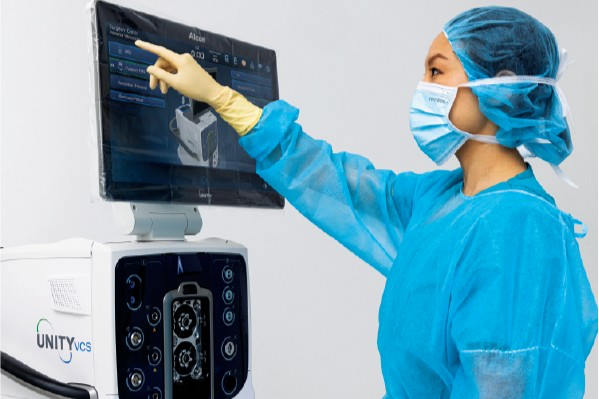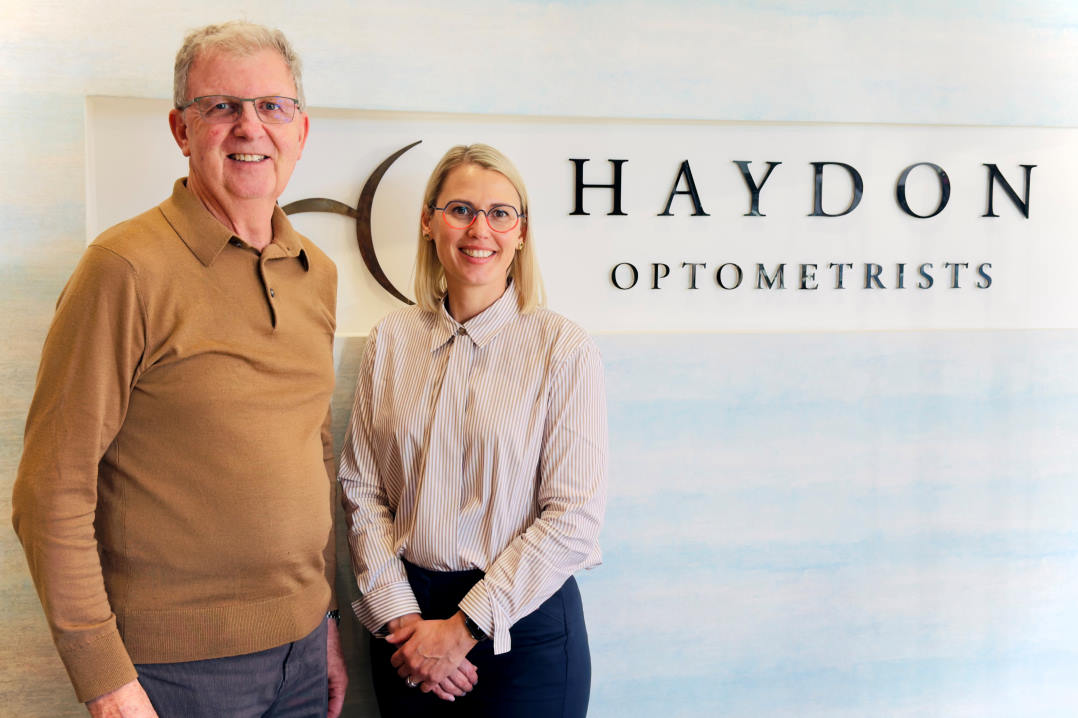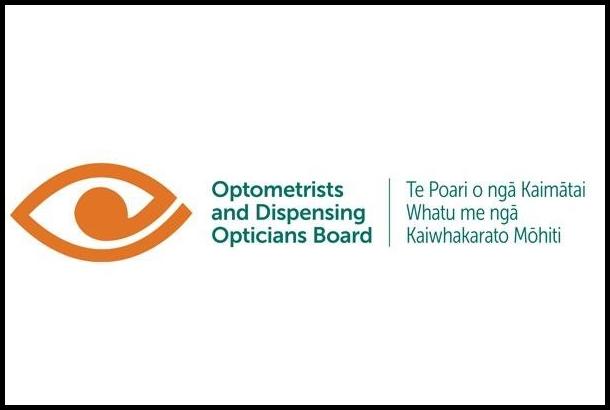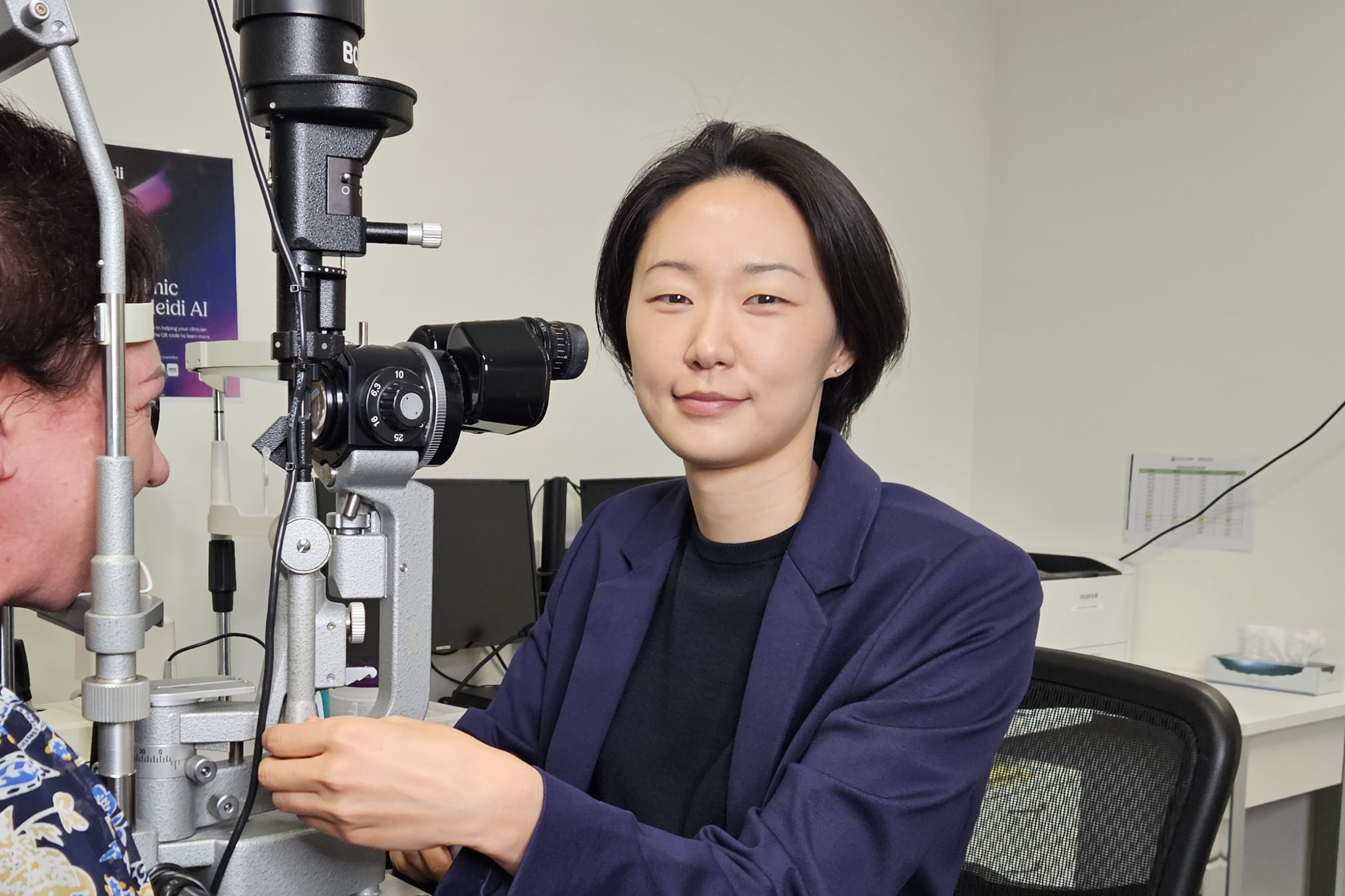Organic, printable device restoring sight?
A researcher at the University of Sydney is developing a printable device that acts like a retina and could one day restore sight to blind people.
Dr Matthew Griffith, from the Australian Centre for Microscopy & Microanalysis and the School of Aerospace, Mechanical and Mechatronic Engineering, has created an electrical device from multi-coloured carbon-based semiconductors that uses absorbed light to fire the neurons that transmit signals from the eyes to the brain, acting as an artificial retina.
“Our research aims to provide a biomedical solution to those experiencing blindness from retinitis pigmentosa and age-related macular degeneration (AMD),” said Dr Griffith.
Ultimately, he said he hopes to apply the technology to restore sensory function to those with spinal cord injuries and to treat people with neurodegenerative diseases.
“A missing neuron link, which can be caused by, for example, a spinal cord injury, can cause severe problems. It can also be debilitating if neurons misfire – this can cause blindness and deafness, as well as diseases like Parkinson’s and epilepsy, for which there is no cure,” he said. “Neural interfaces can bridge this neuronal divide, or, in the case of misfiring, re-program the neurons.”
The device, said Dr Griffith, will be printed onto soft and flexible surfaces using water-based inks containing nerve growth factors which are then inserted into the patient’s retina. Once the relevant neurons connect to it, the retina will regain lost functionality when stimulated with light.
Early experiments examined the growth of mice neuronal cells onto the semiconductors in a petri dish, after which the electrical activity of the neurons was tested. “Not only did these cells survive, they grew and maintained neural functionality,” Dr Griffith said. “The next step is to control where they grow by printing nanopatterns. This is so in future, we can direct them to grow into specific bodily locations, like a spinal cord or retina.”
Dr Griffith’s device can be printed using the same, low-cost method as newspaper printing. “Similar technologies are being intensively developed, though our device differs in that it is made of carbon,” he said. “Other devices tend to be rigid and usually made of silicon or metal, which can present problems integrating with the soft and flexible human body. Our organic device is designed with this issue in mind.”
Another key difference is that Dr Griffith’s device does not require an onboard power source – it is powered by ambient light. “If successful, our device will help us progress towards solving one of the great scientific challenges of the 21st century – communicating with the human body’s sensory network,” he said.









